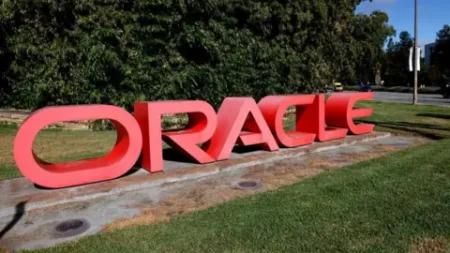In the United Kingdom, an impending shift in the landscape of online adult content access is on the horizon, thanks to new regulations under the Online Safety Act. As of July 25, major adult websites, such as Pornhub, will implement sophisticated age verification measures aimed at restricting access to explicit material for users under the age of eighteen. This change comes amid reports from the media regulator Ofcom estimating that approximately 14 million individuals in the UK engage with online pornography. However, while parental control is a significant motive, concerns regarding user privacy and security in this new digital climate are significant and multifaceted.
The underlying procedure for age verification involves various methods to ascertain the user’s age while safeguarding their data. Age verification companies, which will likely play a pivotal role in implementing these measures, assert that they do not retain any personally identifiable information about users, nor do they record the specific content accessed by individuals. Iain Corby, a representative from the Age Verification Providers Association, expounds on this by stating, “The only non-hackable database is no database at all.” Despite assurances from these companies, experts such as cyber security analyst Chelsea Jarvie caution against establishing a culture of widespread identification online, advocating for careful consideration of digital privacy implications.
The implementation of age verification can take multiple forms, as outlined by Ofcom, which recommends at least seven distinct methods of verification. Users may select from an array of options, and here we delve into some of those methods, highlighting their working mechanisms alongside the associated privacy concerns.
**Credit Card Age Checks**
One method involves users entering their credit card details, wherein a payment processor verifies whether the card is valid. Verification firm Verifymy assures that this process includes two-factor authentication and a nominal transaction that does not involve financial exchanges, akin to checking into a hotel. They stress that no personal data is forwarded to adult websites, simply confirming whether an individual is over the age threshold. However, this method faces scrutiny from organizations like the 5Rights Foundation, which acknowledges its efficiency alongside the potential privacy risks associated with data mishandling.
**Digital Identity Services**
This method revolves around the use of digital identity wallets, which securely store and disseminate information confirming one’s age. Omari Rodney, a chief product engineer at Yoti, explains that any document, such as a passport, once validated, is subsequently encrypted, leaving access to only the individual. Yoti cannot access this information without user consent. Yet, critics like Chelsea Jarvie express unease about digital wallet systems appearing excessive for merely confirming one’s age, suggesting that this could have implications for personal privacy.
**Email-Based Age Estimation**
Under this mechanism, users submit an email address, which a system then uses to analyze engagement across various online services, such as banking or utility accounts, to estimate the user’s age. Verifymy has indicated this method has garnered a degree of comfort among users. Data retention concerns arise, however, since this data might persist up to 28 days but usually considerably less, with assurances given about encrypted storage.
**Facial Age Estimation and Mobile Network Operator Age Checks**
In the facial estimation method, users present their face for analysis through a photo or video, generating an age estimate. Verification companies utilize advanced AI to assess human facial features. For mobile networks, users authorize an age-check service to confirm whether their number has parental controls, with providers revealing age specifics to the verification firm without disclosing a user’s intended online activities.
**Open Banking and Photo ID Matching**
Lastly, open banking processes involve securing user consent to access bank information for confirming age, with OneID declaring transparency in observing account details without retaining them. Conversely, photo ID matching requires users to upload an identification document alongside a live selfie for validation purposes. Critics argue this is antiquated and intrusive compared to more progressive age-verification technologies.
In conclusion, the UK’s forthcoming age verification measures for accessing pornography mirror an effort to shield minors from explicit material, yet they raise crucial questions about privacy and data management. As various stakeholders navigate this evolving terrain, the challenge lies in balancing robust security measures for underage protection while safeguarding adult users’ privacy. It is essential to continually assess the ramifications of these techniques, as society embarks on this new digital frontier.











